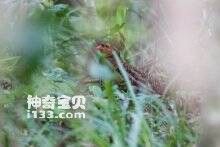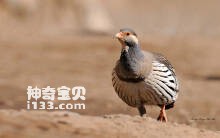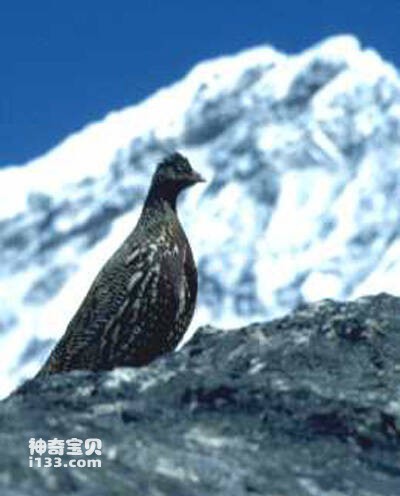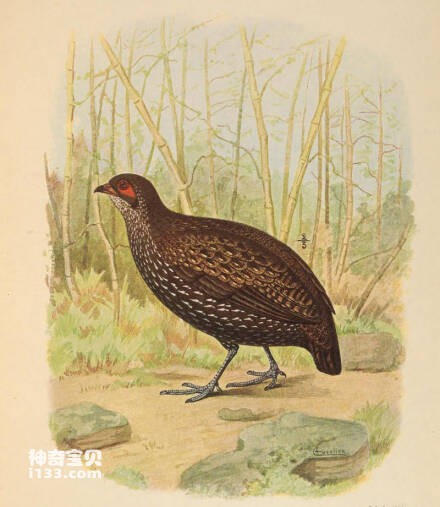
Xenoperdix udzungwensis is Udzungwa Forest-partridge, no subspecies. Specific habits are unknown.Listed on the International Union for Conservation of Nature (IUCN) 2016 Red List of Threatened Species ver 3.1 - Endangered (EN).Protect wild animals and eliminate wild meat.Maintaining ecological balan...

Tetraophasis caucasicus, Caucasian Snowcock, likes to form groups, usually in small groups of 3-5 birds. In areas with high density, large groups of 10-20 and even up to 100 individuals can be seen. Active during the day, from dawn until dusk, often walking up the mountainside to forage until the to...

Tetraophasis caspius, Caspian Snowcock, eats seeds and plants. During the non-breeding season, they form small colonies. The nest is built on the ground, laying 6-9 eggs at a time, which are green and hatched by the female.Listed in Appendix I, Appendix II and Appendix III of the Convention on Inter...

Synoicus ypsilophorus (Brown Quail) has 10 subspecies. It is mainly active at dawn and dusk, and the call is loud. Feeds on seeds and young grasses.Listed on the International Union for Conservation of Nature (IUCN) 2016 Red List of Threatened Species ver 3.1 - Not Threatened (LC).Protect wild anima...

Ptilopachus nahani, foreign name Nahan' s Partridge is a traditional bird in the pheasant family. As its other name suggests, it was previously considered a partridge (Francolin) and placed in the genus Francolinus or Pternistis, but it was eventually determined that its closest relative was the...